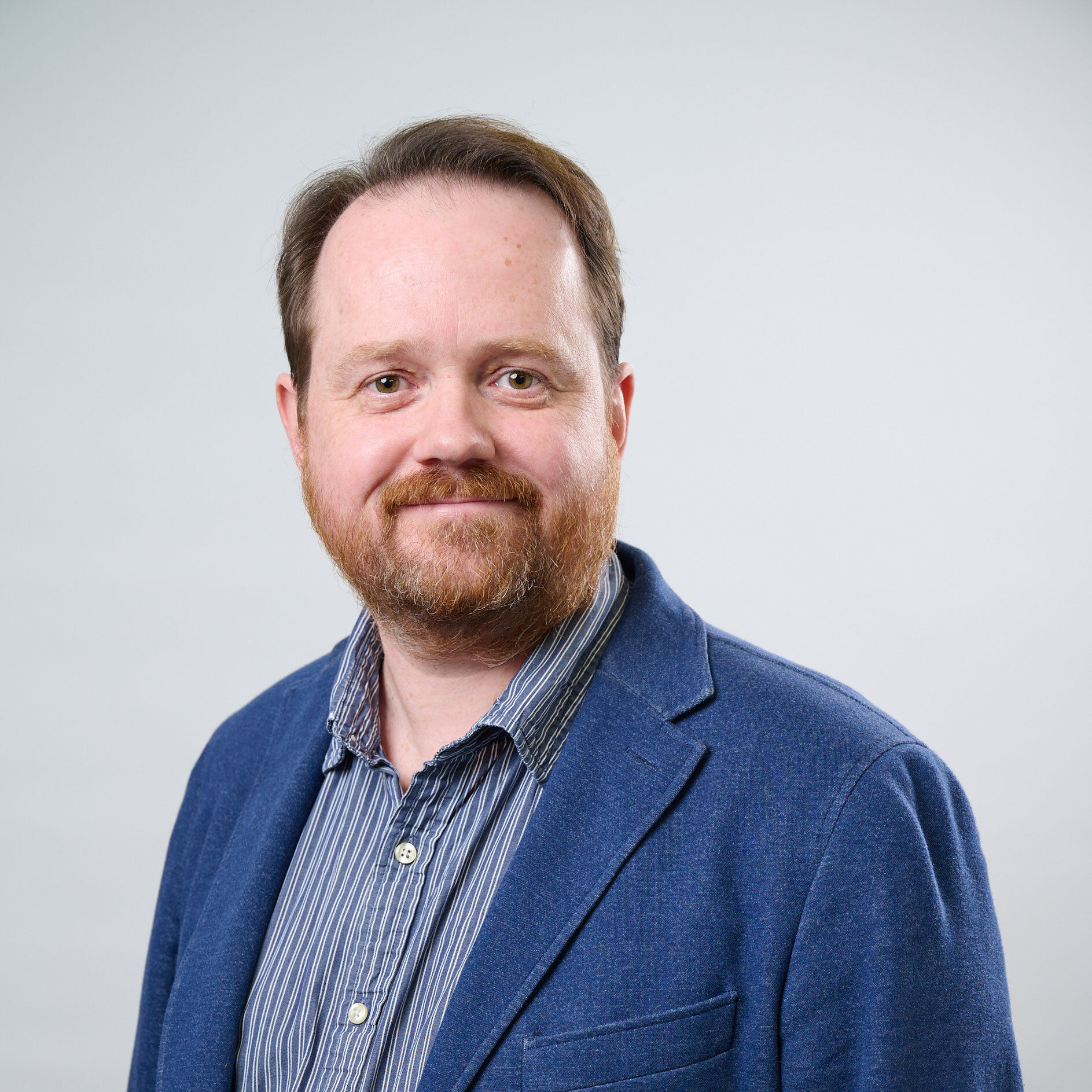The world’s greatest money-making machine
In the 1980s, Jim Simons left academia behind to concentrate on investing. The result was quite possibly the world's greatest money maker.


East Setauket, located 30 miles east of Wall Street, harbours a well-kept secret. It's home to what is "probably the world's greatest money-making machine", says Katherine Burton in Bloomberg Markets one that almost nobody can invest in. Hedge fund Renaissance Technologies runs the Medallion Fund entirely for the benefit of its roughly 300 employees.
Since the "fabled" fund was launched in 1988, Medallion has only had a single year in which it didn't make money: a 4.1% loss in 1989. That's the sole blot on a 28-year record that has seen the fund generate a whopping $55bn in profits for its investors. That makes it around $10bn more profitable than the funds run by star hedge-fund managers Ray Dalio and George Soros.
"For outsiders, the mystery of mysteries is how Medallion has managed to pump out annualised returns of almost 80% a year, before fees." What we know is that the story began in 1982, when mathematician James Simons left academia and founded Renaissance. Simons assembled a small group of scientists, whose "vast" wealth today "is greater than the gross domestic product of many countries".
MoneyWeek
Subscribe to MoneyWeek today and get your first six magazine issues absolutely FREE

Sign up to Money Morning
Don't miss the latest investment and personal finances news, market analysis, plus money-saving tips with our free twice-daily newsletter
Don't miss the latest investment and personal finances news, market analysis, plus money-saving tips with our free twice-daily newsletter
Their investment approach involved harnessing the increasing power of computers, while using statistical analysis and probability to build investing models designed to listen out for trading signals amid the market "noise" an approach known as quantitative trading (or quant trading).
"Often [these signals are] just whispers, yet they'll help predict how the price of a stock or a bond or a barrel of oil might move." The models fall into two camps: "trend-following" (following the direction of the market) and "mean-reversion" (that asset prices will rise or fall in line with their historical averages).
After its loss in 1989, the fund focused solely on short-term trades and in 1990 Medallion returned 56%, net of fees. These fees are high even by hedge-fund standards: they stood at 5% of assets and 44% of profits by 2005, when all outside investors were booted from the fund. Simons, who has a net worth of $15.5bn, retired in 2009 to focus on philanthropy. Replacing him has been no mean feat, says Burton. When a panel of quant managers was asked at a conference who their "dream hire" would be, "one of them gave his honest answer" Simons.
Get the latest financial news, insights and expert analysis from our award-winning MoneyWeek team, to help you understand what really matters when it comes to your finances.

-
 300,000 remote workers to miss out on working from home tax relief
300,000 remote workers to miss out on working from home tax reliefThousands of workers forced to work from home will no longer benefit from the working from home tax relief next year. How will it affect you?
-
 How to tap into AI energy stocks
How to tap into AI energy stocksOne certainty about generative AI is that it is hugely energy-intensive. Companies providing that power look set to capture the benefits.